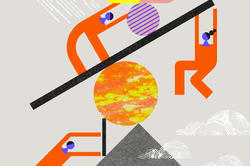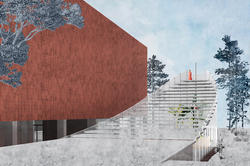New Say Your Pain app developed in conjunction with creative agency WongDoody aims to improve outcomes for non-English speakers.
RISD’s Center for Complexity Developing Design Manual for Maintaining Life on Earth
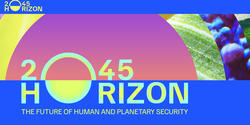
Since its inception in 2018, RISD’s Center for Complexity (CfC) has served as a think tank bringing together transdisciplinary experts and academics with real-world practitioners and policy makers. This summer the group is expanding its nuclear security research to include other threats to the planet and human civilization. Here CfC Senior Lead Tim Maly discusses the insights they have uncovered.
Why did the focus of the Horizon 2045 project your team has been working on shift from the threat of nuclear war to the conservation of the planet?
I wouldn’t call it a shift, but more of an expansion. One of the insights that came out of the first phase of the work is the need to understand that nuclear war is not the single, ultimate threat but one of a class of similarly concerning and interconnected threats. Humanity is running the world in a way that is creating incredible dangers we are not managing well. That has to change. We’re collaborating with 10x100, an organization focused on urgent responses to climate change, and trying to create a set of standards or ways of doing things that respects the biophysical realities of the planet. The Center for Complexity is part of a global conversation about making policy decisions that don’t increase the risk of ending human civilization and that reduce that risk over time.
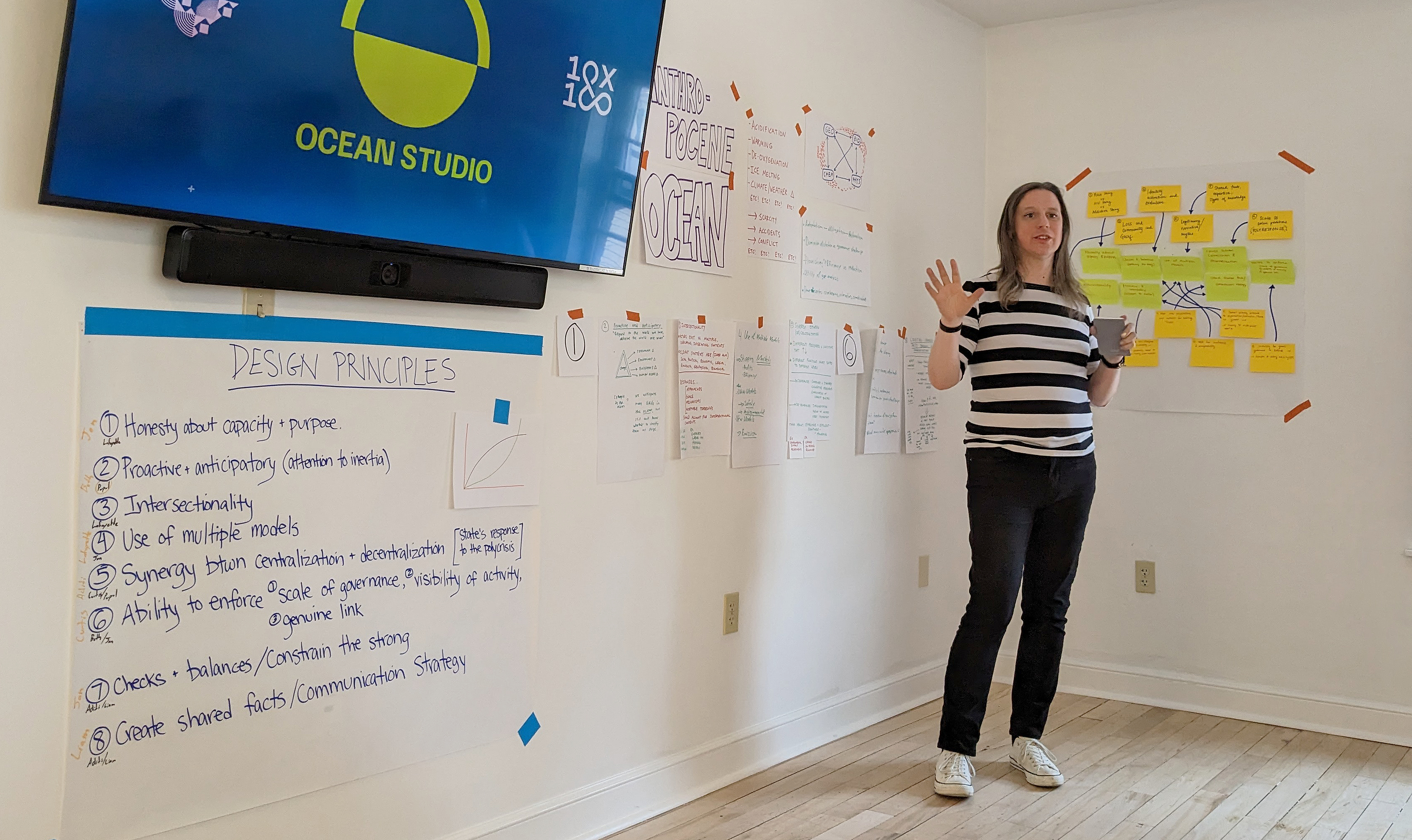
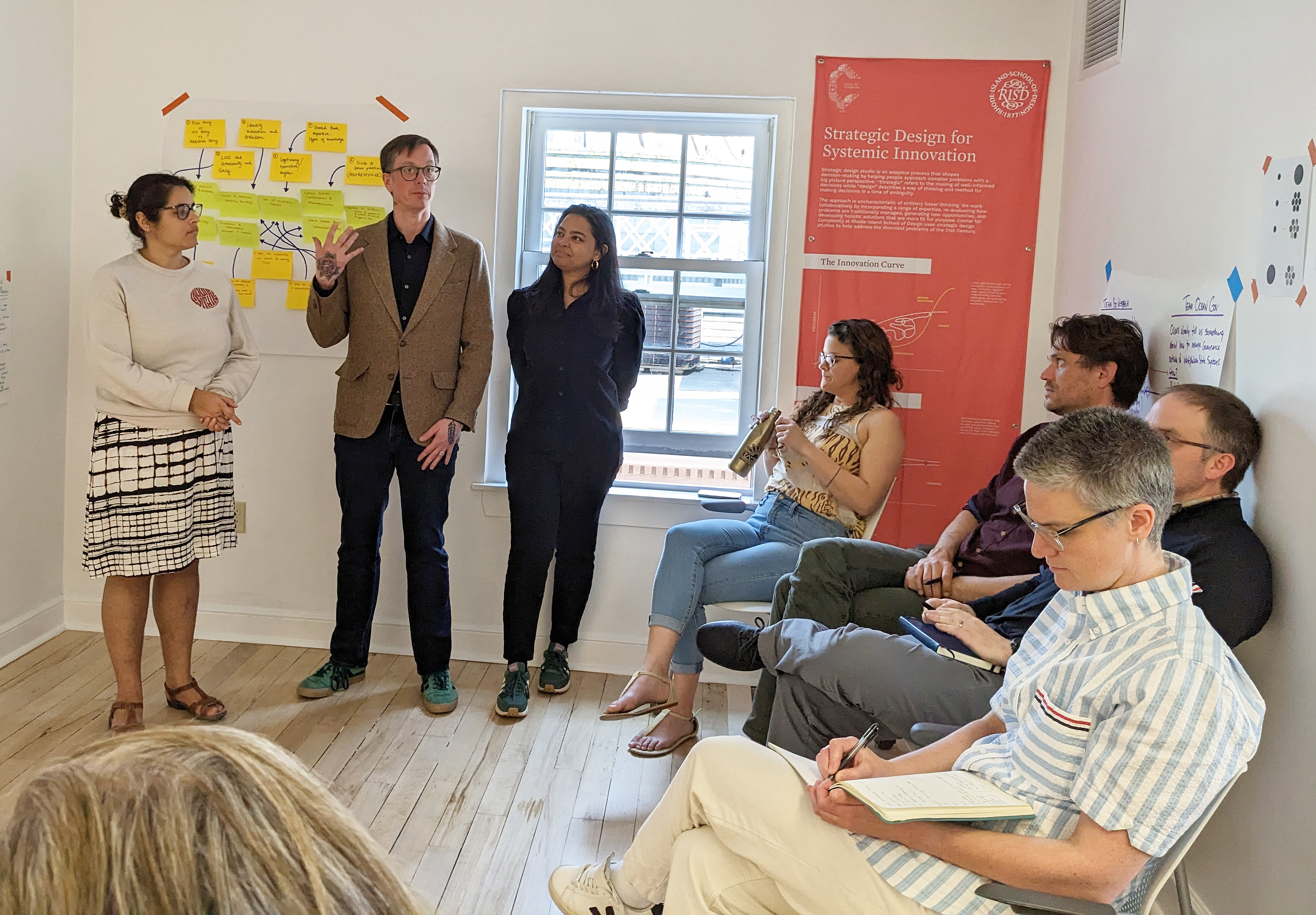
How are you moving forward with this effort?
We put together two intensive design studios bringing together topic experts, designers and expansive thinkers to connect insights between fields and try to tackle these global challenges. The first one was about ocean governance. There are a lot of really intelligent people in Rhode Island who are thinking about ocean policy and environmental concerns. We wanted to create a productive collision of experts thinking deeply about the ocean and people thinking more broadly about the future and what might be possible.
The second studio we conducted—in Berlin, in June—was about bringing people together from a bunch of different areas and having them think expansively about creating a new design standard that respects the boundaries of the planet. We need to recognize the risks we pose to the planet and to our own future and integrate that recognition into design, architecture, policy making and governance.
Can you provide an example of how current design strategies are disrespecting those boundaries?
Cars are a good example. They are triumphs of engineering and industrial design. Each individual car is safe for its occupants, aesthetically attractive, etc., but collectively they’re burning down the planet. It’s so hard for us to get our heads around it, that we haven’t. Carl Sagan was testifying to the US Congress about climate change in 1985, so we’ve had 30-plus years to figure out what to do.
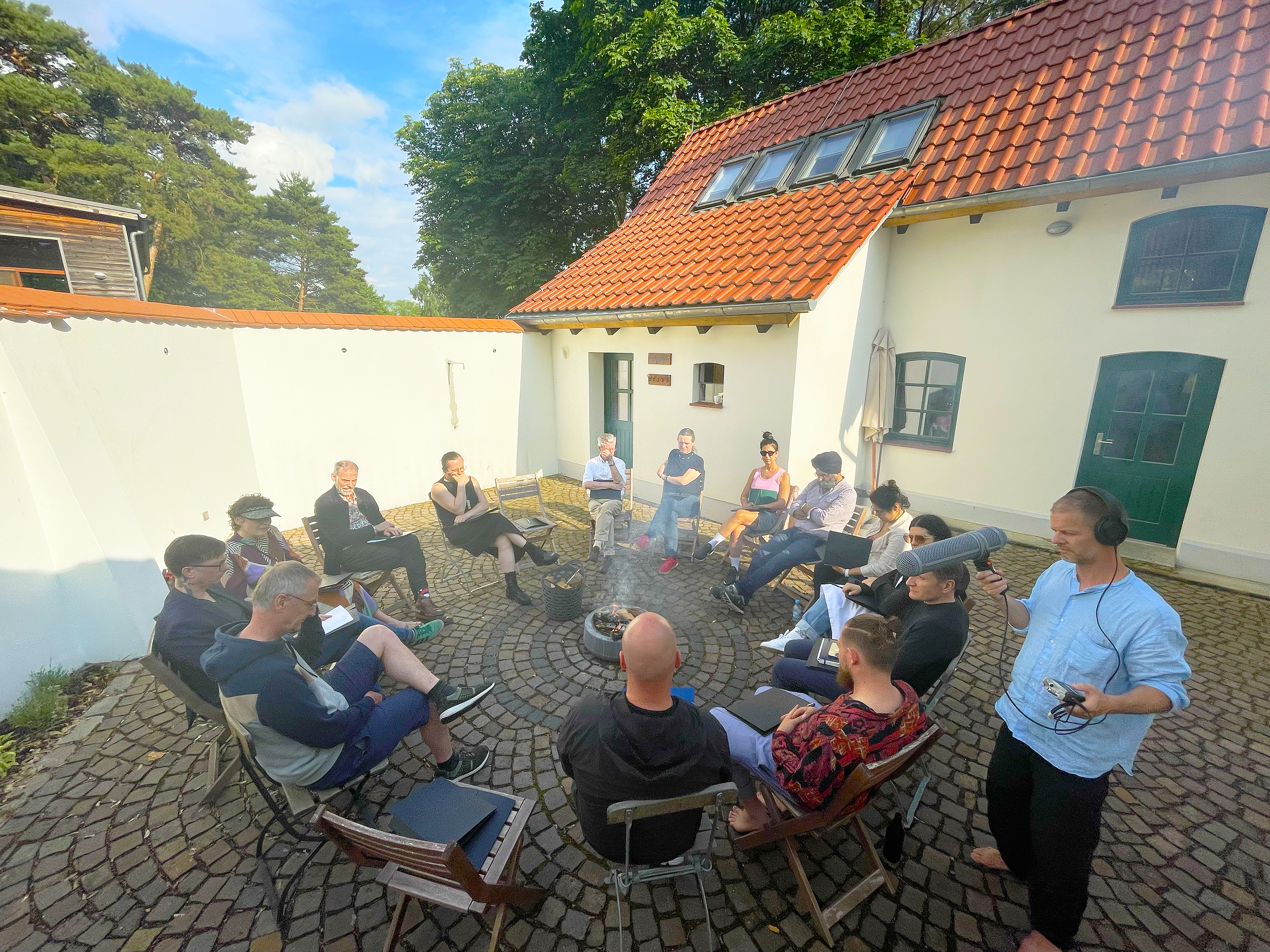
I think people see these problems as so huge that it’s impossible for ordinary folks to contribute to their solution.
Yes, we are in effect bureaucratizing the destruction of the planet. But in fact, it takes an enormous amount of work to change the climate. Every day a huge number of people get up and go to work pulling hydrocarbons out of the ground, refining them, distributing them and running a financial system that supports that work. It seems easier to keep making the same decisions than it is to stop. But that cannot be the case in the long term.
So, what solutions or next steps did the group come up with in Berlin?
We’re still working through the insights, but there are a few clear places to start. The first is ending the practice of designing things that are beneficial at the small scale but create harm at the large scale (like automobile manufacturing). Every decision will need to incorporate a global understanding of its consequences.
We also need a practice of design that can help steward loss, manage trauma and hospice the ways of doing things in the world that need to die. The near future is going to involve a lot of disaster and difficulty, so we need approaches that incorporate those realities into how we do things.
There’s an urge to interpret the world as being normal and stable, occasionally experiencing a crisis and then going back to normal. That mindset needs to go away. We are in an era of continual change. Some of that change will be dramatically for the better and some painful and unwelcome. If you keep trying to go back to normal, you’re just going to prolong the harms.
How does all of this relate to RISD students and RISD studios?
Some of this summer’s work was informed by a course we led in fall 2022 called Design for the Anthropocene. And we will continue to tap student creativity this fall via a follow-up course: Design Manual for the Anthropocene. Many young designers want to make meaningful change around these problems and understand their urgency. There is a lot of rich thinking about what needs to be addressed, but the question of how we do it remains frustratingly unanswered. That’s one of the things RISD brings to the table. RISD students and faculty are deeply, deeply concerned with questions of how.
interview by Simone Solondz
August 10, 2023

